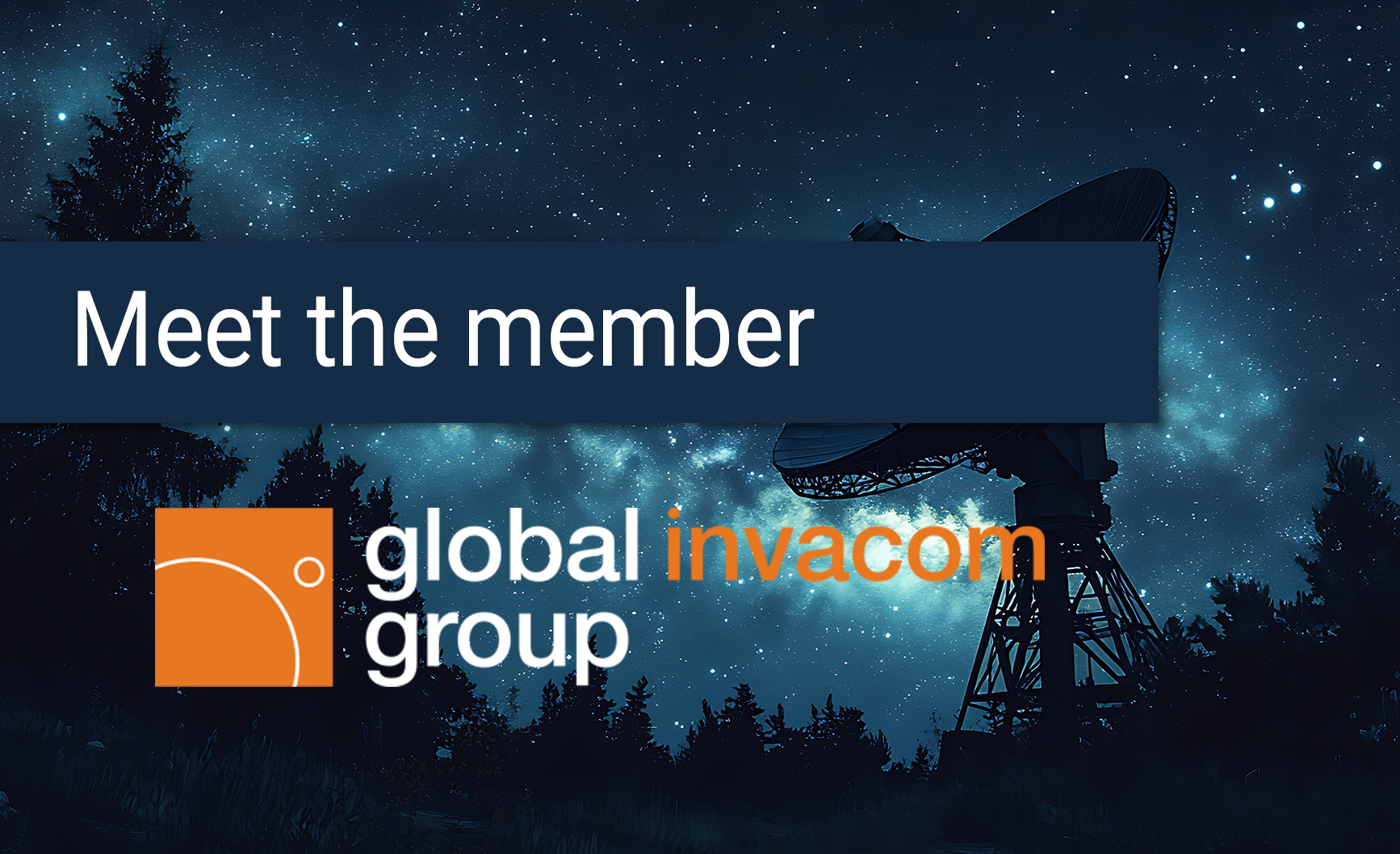Tell us about your company
For over thirty years, Global Invacom has been a leading innovator and supplier of high-performance radio (RF), optical, and antenna products to the satellite ground segment industry. To date, 40million of our satcom antennas and 30million of our satcom radio products are deployed, powering the largest satcom networks in the world. Our high-performance design, cutting-edge technology, and low-cost manufacturing serves commercial, government, and defence markets globally.
Our portfolio comprises of antennas, advanced satellite RF electronics, and mounts/mechanisms for precision positioning and tracking of signals and waveguides. All products are manufactured in-house, giving us total quality control and assuring our customers of optimal supply chain resilience.
What industry challenges are having the biggest influence on your work at the moment?
The satcoms industry is undergoing a significant transition, with more objects in orbit than ever before and a greater level of complexity. The way users access the ground segment is changing. We have recently announced the launch of eNexus Space Data, which delivers a Ground Station as a Service (GSaaS) offering. eNexus delivers data collected by satellites across multiple orbits for a wide range of applications, including earth observation (EO). This approach negates the need for operators to own and operate their own satellite ground stations, providing operational and financial advantages to these potential customers. This move represents a transition to the provision of services alongside our heritage of supplying satcoms equipment.
The technology at the ground segment is also adapting to reflect the changes in orbit. We have recently launched our XY antenna which allows multi-orbit capability across GEO, MEO, LEO & HEO. The antenna’s integrated system is unique on the market today, with no requirement for the transportation of multiple discreet feed elements and radio frequency units. This is all packaged into a transceiver that is attached to the back of the antenna reflector. The use of a transceiver brings huge advantages in terms of reduced size, weight, power and cost. It packs the equivalent of multiple BUCs, LNBs, and ports into one neat package.
We have also recently launched our XRJ transceiver to meet the surge in demand in the government and defence market. It covers the full extended Ka-band frequency range in both receive and transmit. It boasts 25 Watts of power, (and also comes in 5w, 10w and 20w variants), the highest of any transceiver on the market and supports connectivity in GEO, MEO, and LEO, enabling consistent communications for any application on land, sea or air. Fully Mil-STD 164C compliant, the XRJ is also exempted from International Traffic in Arms Regulations and covers full commercial and MilGov Ka-band with up to four sub bands and four different power levels available. It integrates a BUC, LNB, TRF and polarizer/orthomode transducer (OMT) to handle both transmit and receive of satellite signals.
What are your thoughts on spectrum management? And how are ground networks being affected?
Spectrum management is becoming far more complex as the ground segment becomes busier. High quality equipment has never been more important; a poor quality antenna can cause unintentional RFI and have a significant impact on throughput. This is also important when considering the introduction of flat panel antennas into networks. These incredibly complex pieces of equipment have multiple beams, can track satellites as they move across the sky, and can connect to multiple satellites at once. Accuracy is fundamental, and a poor performing antenna can have a hugely negative impact on services within an already technically challenging environment. The ground segment is expanding rapidly and, now more than ever, we must prioritise maintaining a high-quality RF landscape. Sourcing antennas and ground sector equipment from reputable, experienced suppliers ensures reliability, minimises the risk of interference, and supports the long-term resilience of satellite communications.
How do you think the industry is dealing with virtualisation?
Virtualisation is at the core of the modern ground segment. Hardware has historically been limited in its adaptability, meaning that equipment would need replacing to update capacity or performance. A virtualised ground segment allows for remote configuration of key capabilities, ensuring that gateways remain flexible and adaptable. Interoperability is imperative, hence why our ground equipment is OpenBMIP (and DIFI) compliant.
Another key benefit of virtualisation is its role in adapting satcoms to cloud-based networks. The cloud is integral to many industries, and having the capability to incorporate it within satcom allows for more efficient workflows. It also plays a key role in enabling the shift to GSaaSs. This corner of satcom is gaining momentum, as it removes the need for operators to own and operate their own satellite ground stations, giving them operational and financial advantages. Virtualisation is central to being able to provide these services.
Do you have any interesting plans for the next couple of months?
We are looking forward to introducing the XRJ transceiver and XY antenna at a number of events in the next few months. We will be attending:
IBC
Defence In Space
DSEI
Global Milsatcom
AUSA
Strategies in Satellite Ground Segment
Why do you feel it is important to be a member of SIG?
SIG is unique in that its focus is on bringing the technical members of our community together. As the industry pushes ahead with newspace, ensuring that technology remains at the forefront of the industry’s mind is crucial in ensuring a high quality satcom ecosystem. By bringing key players of the industry together, the industry stays aligned on the solutions being created to the problems shared by all of us.

